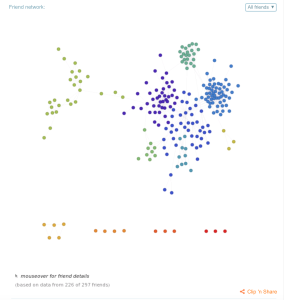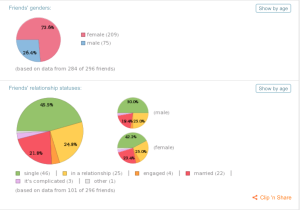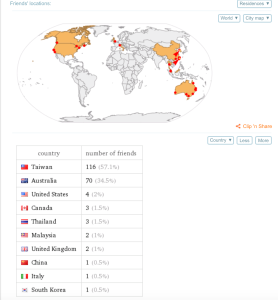Online community must always follow the trajectory of development. These trajectories are constituted by a series of stages of development. From the early stages of beginning to the end of the stage (to differentiate into more sub-groups) or death. Have different needs at different stages of a online community (Iriberri, 2008). We can pass the pace of development, the level of activity and the value of the user community to measure the development of a network community. In the early stages of an online community development, we need a clear direction, a small group of highly active users, are encouraged to discuss topics of concern to each user. Then we need to encourage community activities to provide more global attention and further strengthened. Many community managers randomly passively managed their Internet community. They prefer to sit back and wait. Their lack of initiative approach to the development and improvement of their online community. Eventually, they were unable to meet the different needs of an online community at different stages. They never add value to the online community. They just repeated day after day. If you know the life cycle of an online community, you can meet the development needs of an online community, improve your work efficiency and help the healthy development of the online community, and ultimately increase the value of your online community .
Here’s mine graph which represent my friend’s network on Facebook byWolfram Alpha. I have multiple small clusters of friends, and few large groups, all representing my life experience!!!! 🙂
It obviously can see that the type of my most posts is “links”
Apparently nearly 50% of my friends are single~ lol
An interesting thing was looking at the geographic of my friends, and where they are currently living,
Reference:
Iriberri, A. and Leroy, G. (2008) A lifecycle perspective on online community success. received from http://isl.cgu.edu/publicationpdf/16_ACM_CSUR_2006-0042_Online_Communities_Iriberri_and_Leroy_temp_online.pdf







Hi Aeron, thanks for sharing your first post. Here are a couple of suggestions for how you might improve this post.
Make sure your post title relates closely to the content of your post. The post isn’t really about online identities in online communities, so it’s a bit confusing for the reader.
I would also suggest you think carefully about the narrative you are telling or the argument you want to make in your post. There are lots of threads here but you haven’t tied them together in a really cohesive way. Try to pick a few key points and weave these into a well structured argument.
Your post is also quite short. Each post needs to be a minimum of 500 words. I think you could quite easily expand this post by breaking the big paragraph up and expanding on each point you make. It’s really important you meet the word length – both because you need to hit the minimum requirement, but also because it will be difficult for you to achieve the depth of analysis required if you don’t write at least 500 words.
This is a good start, and I look forward to reading your next post!
LikeLiked by 1 person